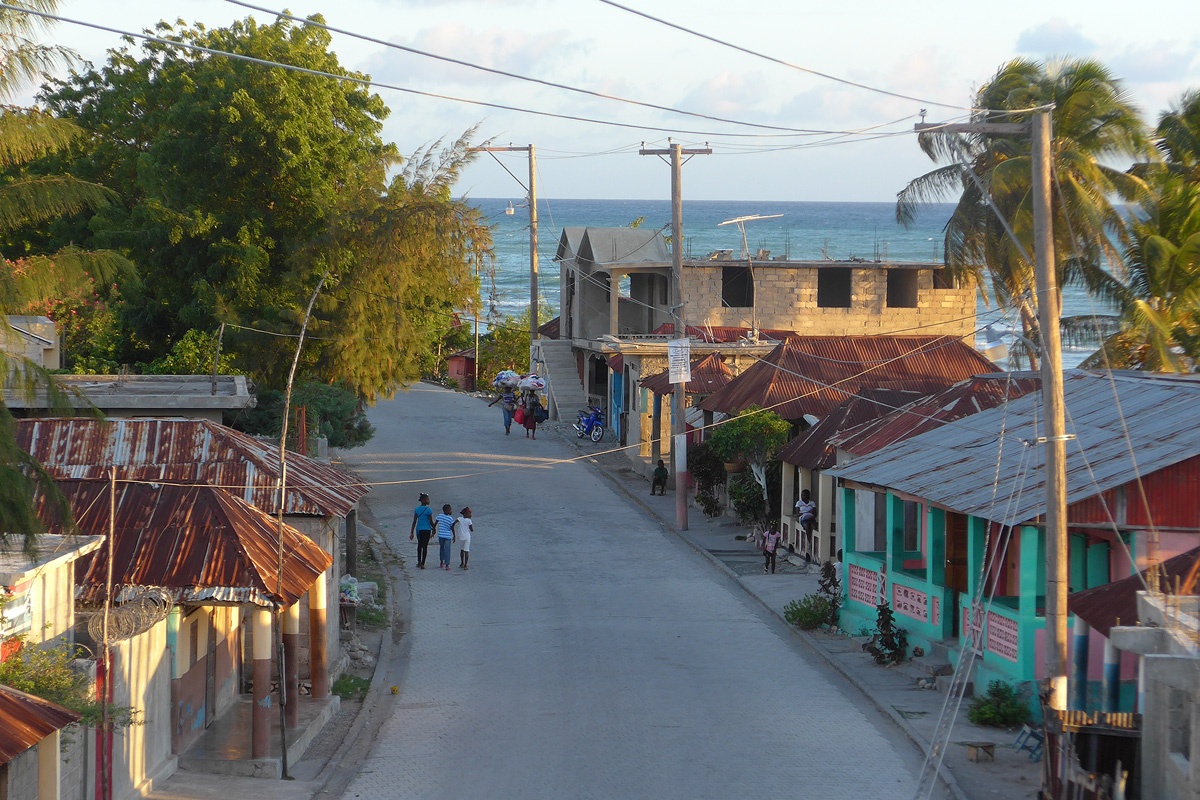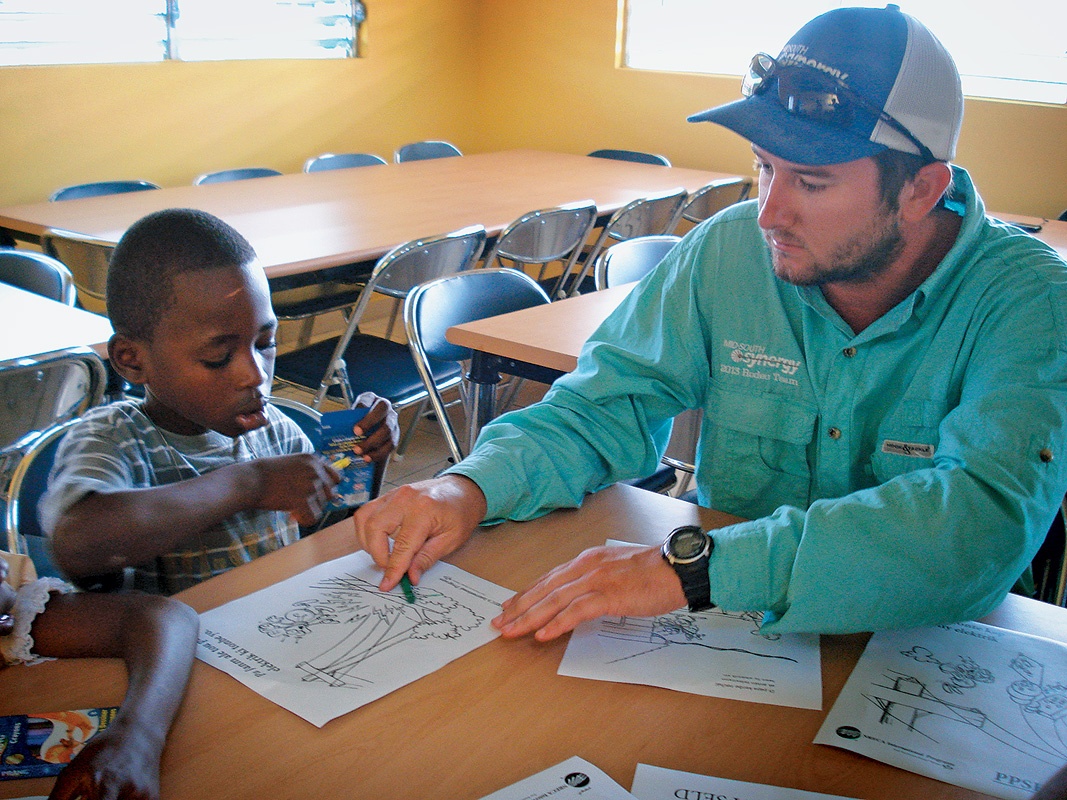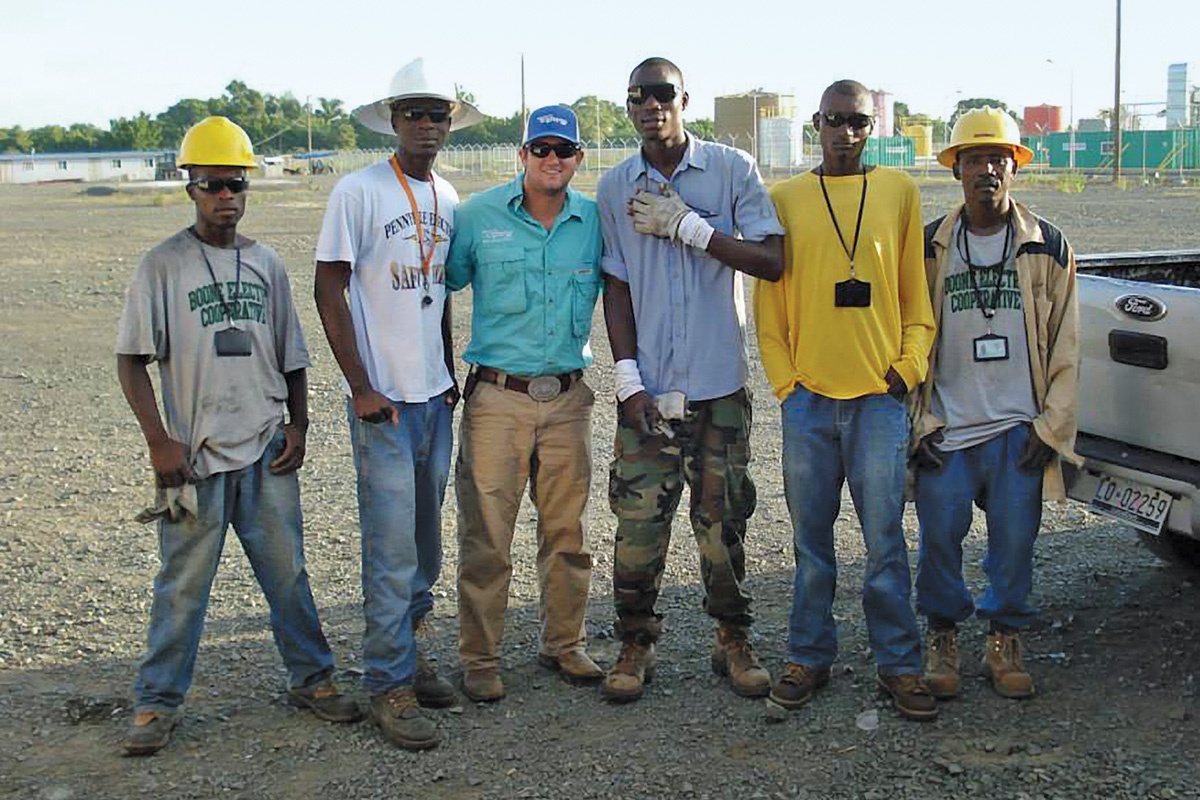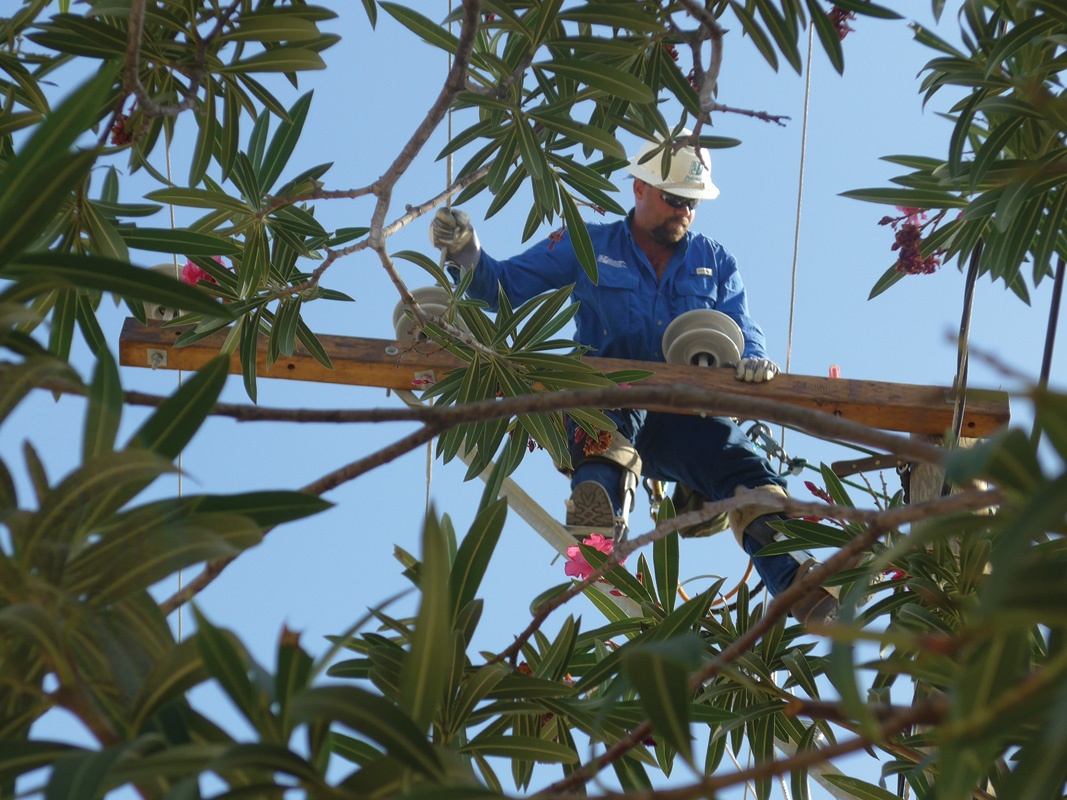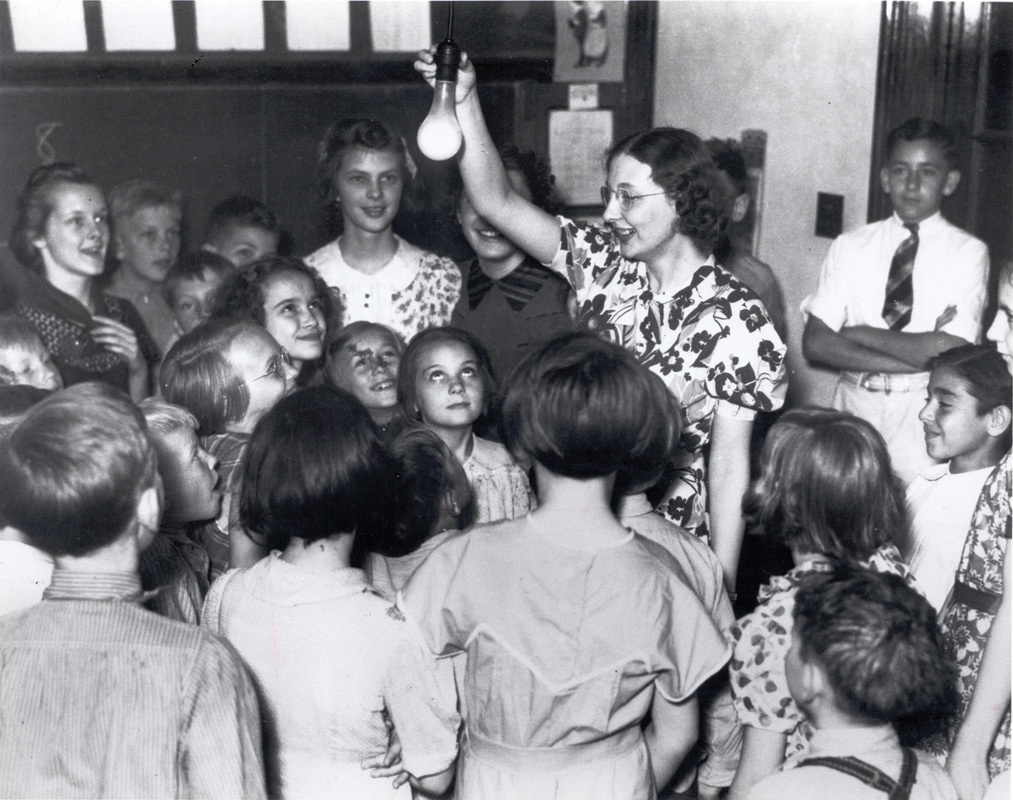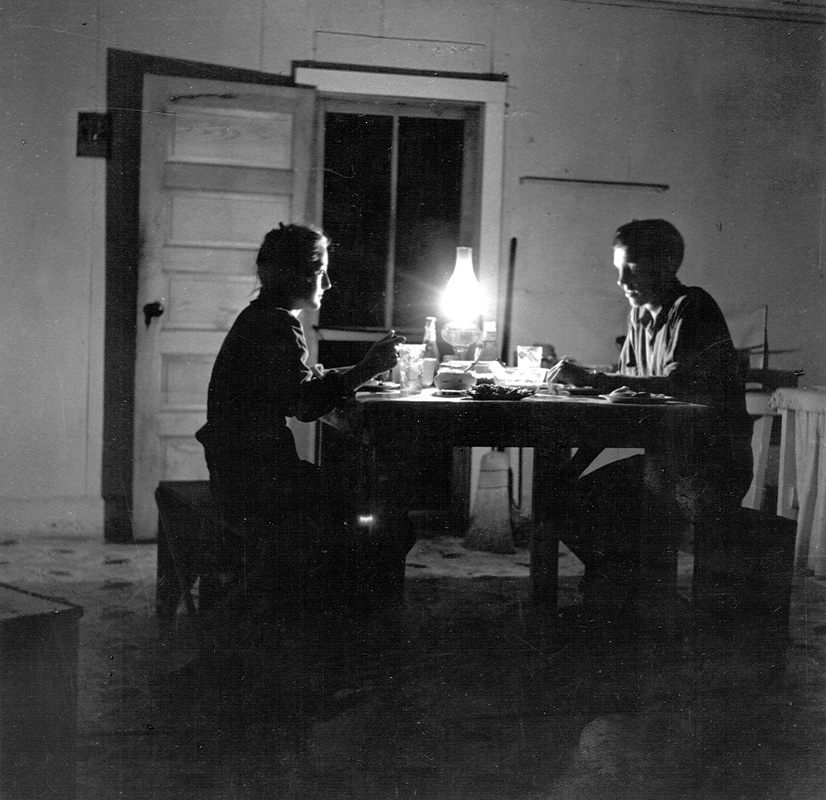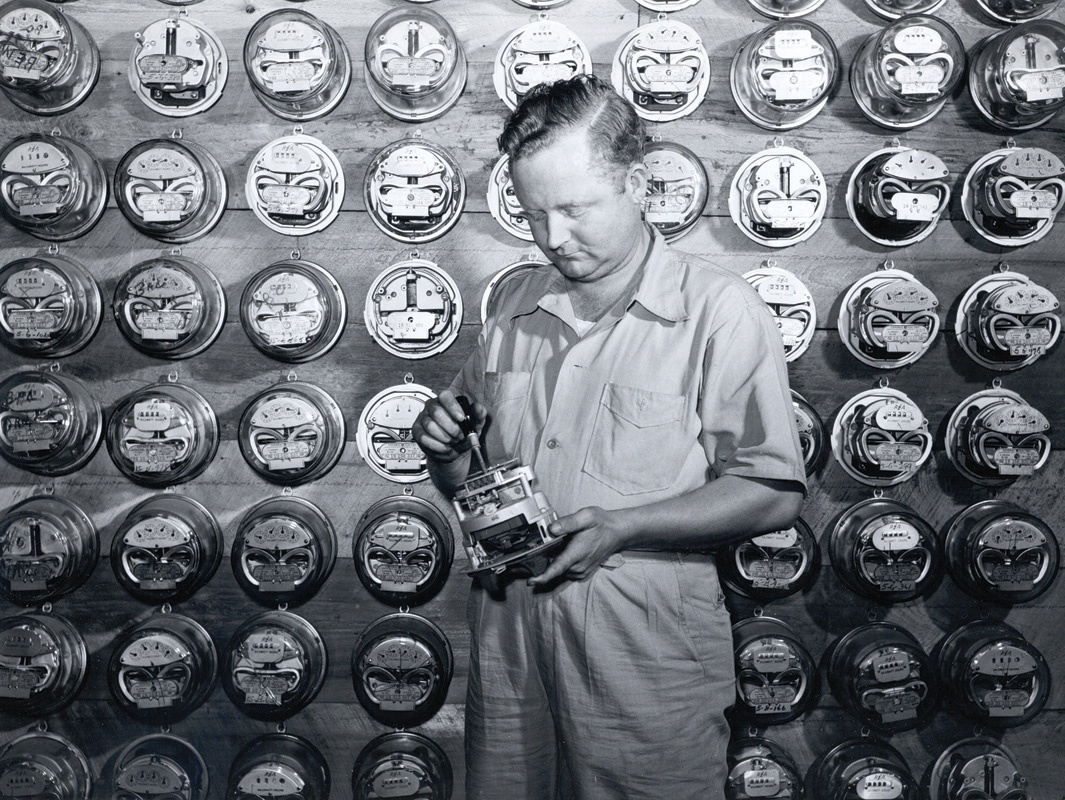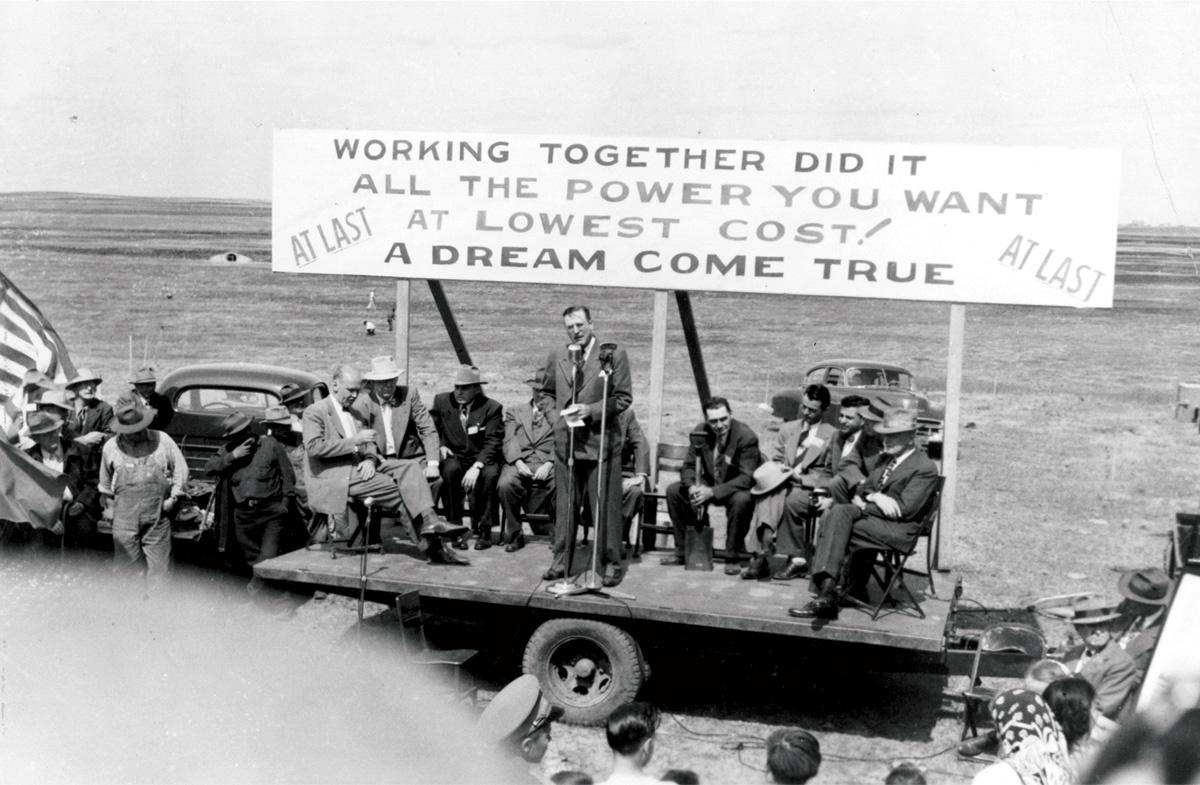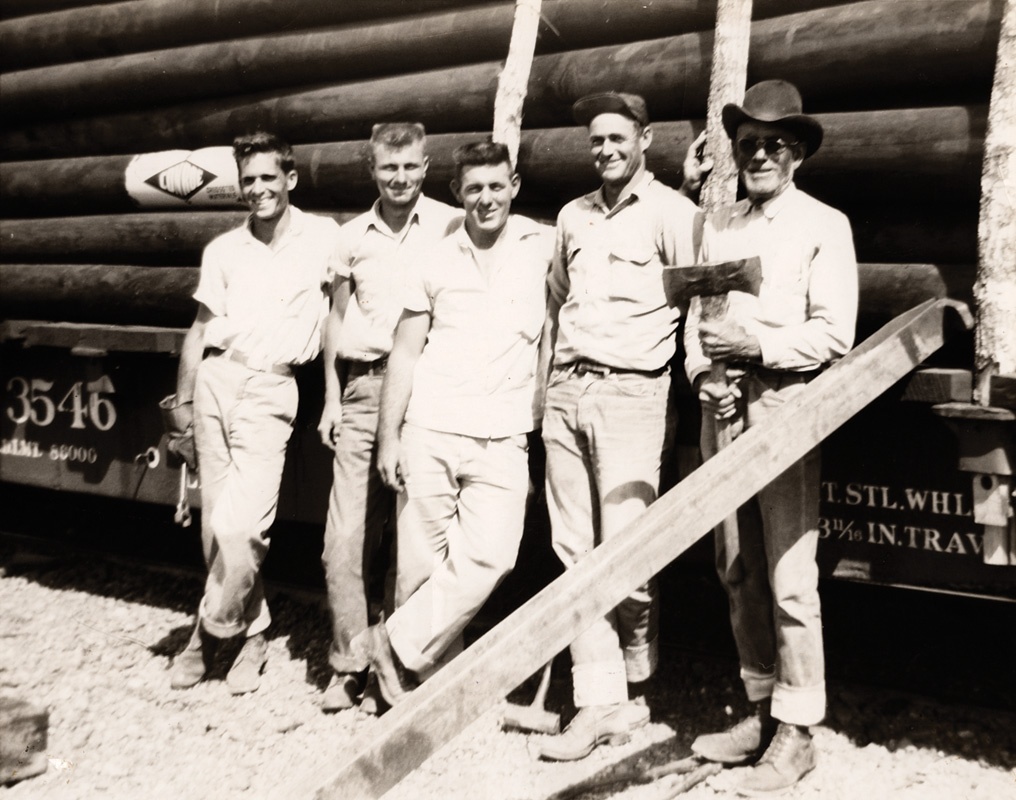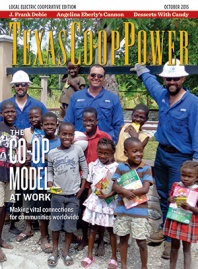In April 1939, Congressman Lyndon B. Johnson described the co-op model: “These cooperatives are owned by the folks who will get their electric power from them,” explained the future president. “Before, it has been impossible for rural residents to have the same advantages city folks enjoy because the cost of getting electricity to them has been prohibitive. Forming a cooperative, they are able to borrow money from the REA at low interest rates and buy power at cost.”
In Texas and all across America, the lights came on in the countryside. “I’ll live longer, now that I can enjoy some of the comforts that electricity brings,” 103-year-old Charlotte Francis Knight of Shelby County told the press in 1939. Born just weeks after Texas became an independent nation, Knight marveled at the wonders delivered by Deep East Texas Electric Cooperative of San Augustine: “One of the main reasons I wish I were younger is that I could then enjoy electricity longer.”
In 2015, some 42 million Americans receive their kilowatt magic from rural electric co-ops; 99 percent of U.S. farms are connected to the cooperative grid. In the mid-1930s, however, 90 percent of rural homes still lacked electricity. President Franklin Delano Roosevelt created the Rural Electrification Administration by executive order in 1935, and, a year later, Congress passed the Rural Electrification Act. Most of today’s 900 rural electric co-ops were started with loans from the REA.
In 2015, the cooperative model turns on the lights in several countries around the world, thanks to the National Rural Electric Cooperative Association’s international programs. “Today’s co-op community doesn’t always remember what it was like when the lights came on in rural America more than 75 years ago,” explains NRECA International Foundation Executive Director Marc Breslaw, “but that’s what we’re doing with our international programs.” NRECA International reaches more than 110 million people through more than 200 co-ops. The electric co-op in Santa Cruz, Bolivia, is the largest in the world.
These programs are not the first instance of cooperative values crossing international boundaries. The cooperative model is generally traced back to 1844, when the Rochdale Society of Equitable Pioneers in Rochdale, England, established guidelines that have evolved into the Seven Cooperative Principles: Open and Voluntary Membership; Democratic Member Control; Members’ Economic Participation; Autonomy and Independence; Education, Training and Information; Cooperation Among Cooperatives; and Concern for Community
These principles inspired the United Nations to declare 2012 the International Year of Cooperatives, highlighting cooperatives’ role in reducing poverty, creating jobs and socially integrating the world population. Secretary-General Ban Ki-moon stated at the time, “Cooperatives are a reminder to the international community that it is possible to pursue both economic viability and social responsibility.” At that time, it was estimated that nearly 1 billion people were member-owners of co-ops.The contemporary co-op model is not just for rural distribution of electricity. Well-known companies that employ the cooperative model include Blue Diamond Almonds, Welch’s, Ace Hardware, Land O’Lakes, Sunkist and REI.
In Texas, the co-op spirit was in the air as early as 1843 when Henri Castro, the founder of Castroville, wrote about a plan to establish an agricultural cooperative in his colony west of San Antonio. That co-op appears to have faltered before it took root, but according to the Texas Agricultural Cooperative Council, Texas today is home to more than 200 agricultural, finance, electric, farm credit and telephone cooperatives.
Plains Cotton Cooperative Association in Lubbock, with 15,000 members in four states, helps growers get their product to market at the best price. John Johnson, the association’s public relations manager, has seen a lot of changes in his 31 years. “We’re always looking for ways to improve,” he says. “Now we’ve developed software accounting programs for gins and modular tracking systems that help ginners know where the cotton is at any given time.”
But time-tested cooperative traditions, Johnson adds, don’t change: “All of our net margins are paid back to members in the form of dividends or stock allocations.”
The Tip-Of-Texas Agriculture Producers Farmers’ Cooperative Society of Cameron County, with 16 members, demonstrates the benefits of the cooperative model for a smaller group. “We share information about bugs and other issues,” says Adrian de los Santos, former secretary of the co-op. “And we have more marketing and supply-buying power by forming a co-op.”
The small group is also open to new ideas. When a novice farmer named Bill Crawford called de los Santos two years ago looking for organic sugarcane, the only area grower (other than the large operations growing cane for sugar mills) was Nam Nguyen, who sold his cane to Vietnamese restaurants in Houston. “Bill got a group of farmers interested in bottling the juice,” de los Santos says. “It’s a growing niche market. People from India and Pakistan are used to drinking sugarcane juice, but everyone who tries it likes it.”
The tremendous changes brought to rural Texas by New Deal electrification in the 1930s and 1940s supported the Texas agricultural economy. Though some associations in Texas cities referred to themselves as “electric cooperatives” before 1937, the 45th Texas Legislature that year prohibited such designation by entities other than those allowed by House Bill 599, “An Act providing for the organization of cooperative, non-profit, membership corporations for the purpose of engaging in rural electrification.”
Bartlett Electric Cooperative became the first REA-funded rural co-op in the nation to turn on the lights—in 1936. Texas Electric Cooperatives was formed in 1941 as a coalition of rural electric co-ops. Today, TEC has 75 member co-ops serving 3 million Texans.
“Our duty is to Main Street, not Wall Street,” proclaims the website of the Nueces Electric Cooperative in Robstown, a sentiment shared by co-ops from the Piney Woods to the High Plains. The statement reflects cooperatives’ deep sense of community, manifested in volunteer programs such as Operation Round Up, which rounds electric bills up to the nearest dollar, with the additional money used to support community needs. Many TEC member co-ops, including Medina Electric Cooperative, offer free presentations on safety and energy efficiency.
Scholarships, blood drives, food drives and other programs illustrate the fulfillment of the Seventh Cooperative Principle, Concern for Community. One program, the Government-in-Action Youth Tour, gives selected co-op high school students an experience they remember for the rest of their lives. The students spend an educational week in Washington, D.C., meeting with their congressional representatives and visiting sites such as the Smithsonian Institution, Capitol Hill, the Library of Congress, Arlington National Cemetery and many other landmarks.
Daniel Sanders of Navasota went on the Youth Tour in 2008, which led to an invitation to attend the National Rural Electric Cooperative Association’s annual meeting in 2009. There, he was inspired by learning about the NRECA’s international outreach to bring electric power to underdeveloped parts of the world. Back in Navasota, Sanders worked as a lineman for Mid-South Synergy while he finished college, and when an NRECA International position opened up in summer 2013, it wasn’t long before he was on a plane.
“I get to be part of the first Haitian co-op being formed,” Sanders says. “I want to increase the quality of life for other people. The Jacqueziel community received electricity for the first time when we turned on the lights in September 2013. There were people clapping and dancing, and crying—I knew then that this is the best job ever.”
——————–
Gene Fowler is an Austin writer who specializes in history.

